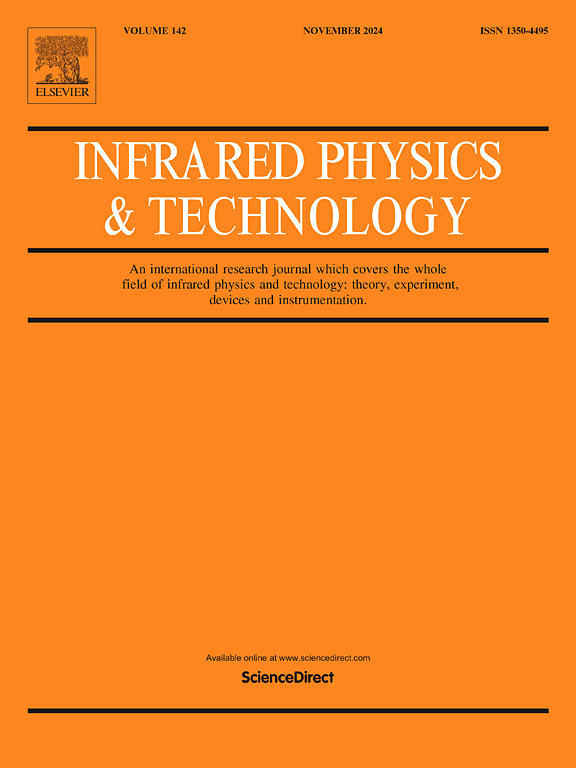ECAFusion:红外和可见光图像融合,通过边缘保持和跨模态注意机制
IF 3.4
3区 物理与天体物理
Q2 INSTRUMENTS & INSTRUMENTATION
引用次数: 0
摘要
红外与可见光图像融合(IVIF)致力于将细节纹理与清晰的热目标融合在一起,从而获得信息丰富的图像,以增强下游任务的性能。然而,现有的图像融合网络通常忽略了包括边缘细节在内的关键信息,并且在跨模态提取特征时无法促进有效的跨模态信息交互。结果,融合后的产出往往达不到预期。为了克服这一挑战,我们提出了ECAFusion,这是一种用于IVIF的双分支融合模型,包含了边缘保持和跨模态注意机制。具体来说,我们设计了一个Sobel卷积块(SCB),通过应用Sobel算子来保留边缘细节。此外,提出了一种跨模态交互模块(CMIM)来捕获不同模态的互补信息。最后,我们采用了一个精心设计的特征融合模块,将这些来自不同模态的特征结合在一起。综合实验表明,ECAFusion超越了最先进的融合方法。此外,我们的模型显著提高了高级视觉任务的性能。本文章由计算机程序翻译,如有差异,请以英文原文为准。
ECAFusion: Infrared and visible image fusion via edge-preserving and cross-modal attention mechanism
Infrared and visible image fusion (IVIF) strives to integrate detailed textures with clear thermal objects, thus obtaining an information-rich image to enhance the performance of downstream tasks. However, existing image fusion networks generally overlook critical information, which includes edge details, and fail to facilitate effective cross-modal information interaction when extracting features across modalities. As a result, the fused outputs often fall short of expectations. To overcome this challenge, we propose ECAFusion, a dual-branch fusion model for IVIF that incorporates an edge-preserving and cross-modal attention mechanism. Specifically, we design a Sobel convolution block (SCB) by applying the Sobel operator to preserve edge details. Additionally, a cross-modal interaction module (CMIM) is proposed to capture complementary information from different modalities. Finally, we employ a well-designed feature fusion module to combine these features from different modalities. Comprehensive experiments show that ECAFusion surpasses the most advanced fusion methods. Moreover, our model significantly improves the performance of high-level vision tasks.
求助全文
通过发布文献求助,成功后即可免费获取论文全文。
去求助
来源期刊
CiteScore
5.70
自引率
12.10%
发文量
400
审稿时长
67 days
期刊介绍:
The Journal covers the entire field of infrared physics and technology: theory, experiment, application, devices and instrumentation. Infrared'' is defined as covering the near, mid and far infrared (terahertz) regions from 0.75um (750nm) to 1mm (300GHz.) Submissions in the 300GHz to 100GHz region may be accepted at the editors discretion if their content is relevant to shorter wavelengths. Submissions must be primarily concerned with and directly relevant to this spectral region.
Its core topics can be summarized as the generation, propagation and detection, of infrared radiation; the associated optics, materials and devices; and its use in all fields of science, industry, engineering and medicine.
Infrared techniques occur in many different fields, notably spectroscopy and interferometry; material characterization and processing; atmospheric physics, astronomy and space research. Scientific aspects include lasers, quantum optics, quantum electronics, image processing and semiconductor physics. Some important applications are medical diagnostics and treatment, industrial inspection and environmental monitoring.

 求助内容:
求助内容: 应助结果提醒方式:
应助结果提醒方式:


